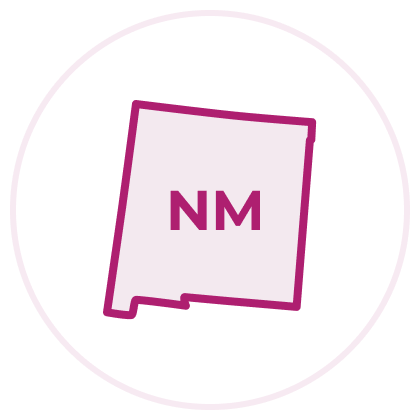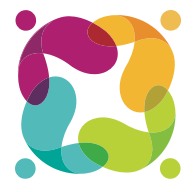Pre-Service Training
Prospective foster and adoptive parents receive 32 hours of pre-service training using the state's "Resource Engagement Adaptability Diversity Initiative New Mexico" (READI NM) trainings. The training is comprised of 15 modules, with Modules 1 to 11 being instructor led and Modules 12 through 15 provided via the Cornerstone e-learning platform.
Relative caregivers who provide care to children in foster care must be licensed, but provisional approval may be given to expedite placement of a child with a relative. In such cases, some sections of the training may be waived for a specified period as indicated on the waiver documentation. However, completion of the training is required in order to continue providing care.
While there is no specific training required for families transitioning to adoption or guardianship, New Mexico creates an individual training plan for each resource parent so caseworkers may recommend a particular training for a family moving to permanency.
Services Offered Through the State’s Post-Permanency Support Program
The New Mexico Children, Youth, and Families Department (CYFD) contracts with All Faiths Children's Advocacy Center to provide post-permanency services statewide. CYFD staff also provide support services to adoptive and guardianship families. CYFD's regional adoption and retention specialists support families going through the adoption and guardianship process and are also available to help families who need support after placement and finalization. The support includes determining each family's needs and providing information and referral or clinical case management to connect families with longer-term services. One of the CYFD specialists is a Trust-Based Relational Intervention® (TBRI®) practitioner and can offer ongoing TBRI® coaching to families.
The All Faiths post-adoption/guardianship contract includes the following services:
In fiscal year 2024, 338 families received individualized post-permanency supports from All Faiths.
For more information, visit https://www.allfaiths.org/placement-services/.
Geographic Area Covered
All services are offered statewide, with staff who live in each of the five CYFD regions. Services are provided virtually for families in more remote areas of the state.
Eligible Population for the Overall Post-Permanency Program
Variations in Eligibility for the Post-Permanency Program
None
Outreach and Engagement
CYFD shares information about post-permanency supports with prospective adopters through informational meetings about adoption and by having its recruiters or navigators share information with families who are interested in adoption and foster care. During their work with families moving toward finalization, the adoption and retention team and the licensing and support specialists share information about post-permanency services.
Other strategies for sharing information about adoption and guardianship support services include community and training events, social media, the CYFD web site, and emails to all licensed families and those going through the licensing process.
In its contract, All Faiths is required to conduct outreach through events and social media.
How the Post-Permanency Program Is Operated
Notes About Who Provides Which Service(s)
Post-permanency services are provided by All Faiths Children's Advocacy Center and by CYFD adoption and retention specialists as outlined above.
Adoption/Guardianship Assistance/Subsidy Review and Changes
Each year, CYFD's Protective Services Division (PSD) sends adoptive families a form to complete and return confirming that the family continues to have financial and legal responsibility for the child; that the adoptive child is a full-time elementary or secondary student (or has completed secondary school); and whether the child is covered by private medical insurance.
A family may request a change in the adoption subsidy at any time based on the child's needs, the family's ability to meet those needs, and whether the child's subsidy has reached the maximum amount allowed for their age and level of care. The family must submit a request for changes in the subsidy in writing to the subsidy specialist and provide written documentation of the justification for the change in subsidy. The subsidy specialist reviews the request for subsidy and the documentation and decides whether to approve the increase in subsidy. A maintenance subsidy cannot be increased beyond the maximum amount payable for foster care maintenance or the maximum paid for substitute care to the treatment foster care agency.
CYFD also sends families receiving guardianship assistance an annual letter about their assistance. Families do not need to respond to continue receiving assistance. If a family wants to request a change in their guardianship assistance, they must send documentation of the change in the child's needs. The assistance cannot be higher than the level one foster care rate for the child's current age. If the child has moved to live with a named successor guardian and the family wants to transfer the guardianship assistance, the guardian must send a copy of the court order granting guardianship and must complete a fingerprint background check.
Tracking Adoption/Guardianship Discontinuity
CYFD staff manually track when children return to care from adoption or guardianship. The child welfare database also captures the information, although the state is currently updating its information system to make this and other data easier to access.
State staff can request reports on re-entry cases and conduct analysis of individual cases as well as trends.
Post-Permanency Program Spending (FY 2024)
Funding Sources for the Post-Permanency Program (FY 2024)
- State funds
- Federal funds


